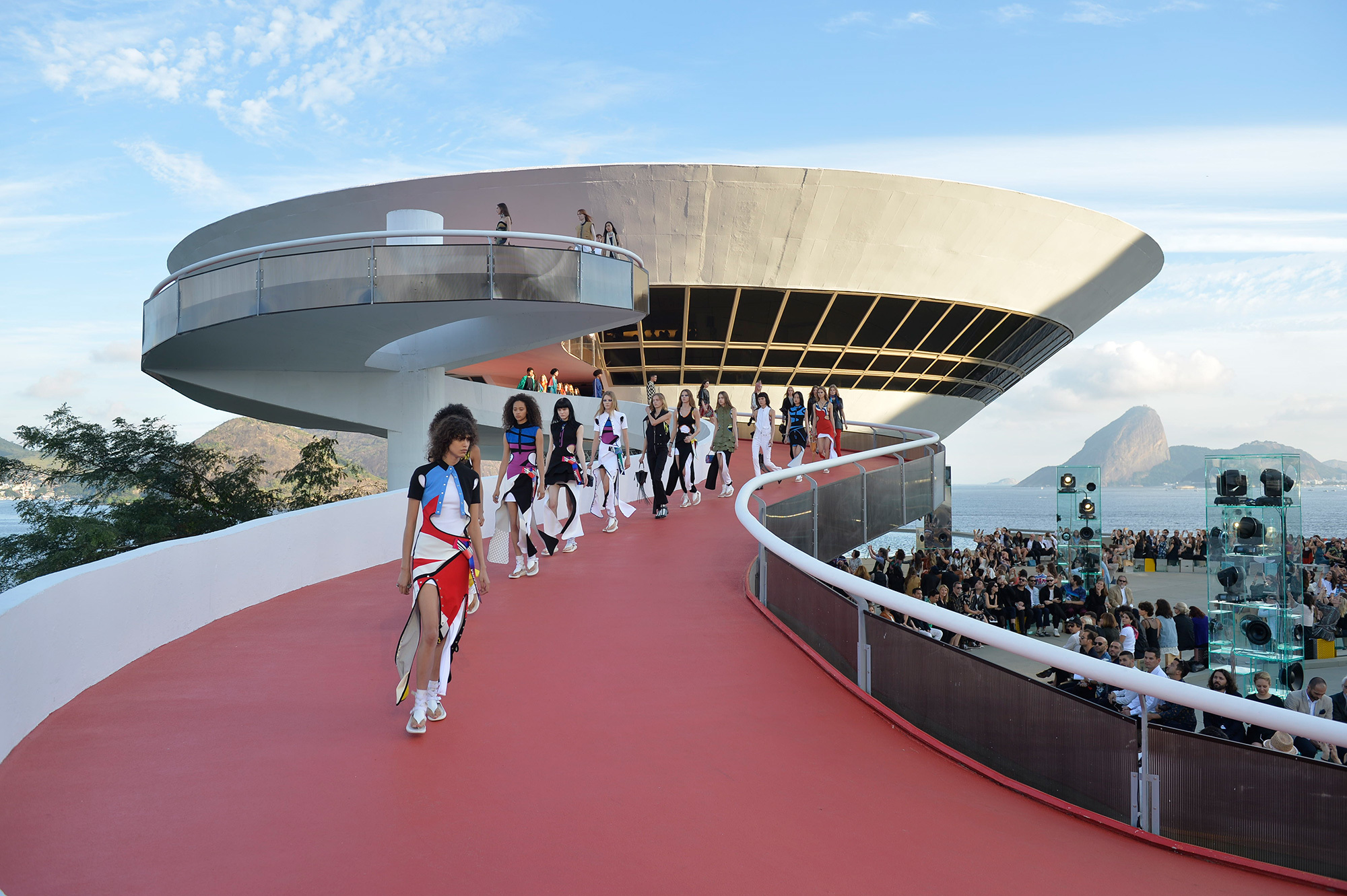Between the Olympics in July and the Louis Vuitton cruise show this weekend, it’s a good thing Rio de Janeiro is always ready for its close-up. The eyes of the world are on Brazil’s second-largest city this summer, and if the CNN playing in show guests’ hotel rooms over the weekend would have the fabulous coastal city associated more with the Zika virus and Brazil’s impeached president, Dilma Rousseff, than the sprawling Copacabana, those ongoing crises couldn’t rain on Rio’s picture-perfect parade. Nor could they make the sun go down on Louis Vuitton’s show at the Niterói Contemporary Art Museum, which had reportedly been kept rain-free by the shaman who blesses the city’s carnival every February. It was the newest installment in what Nicolas Ghesquière smilingly referred to as “Louis Vuitton architecture traveling,” which didn’t sound like a bad idea for a new LVMH venture, but also captured the designer’s aim to spotlight the world’s modern architecture masterpieces like he did with last year’s cruise show at the Bob Hope house in Palm Springs.
Designed in 1996 by Oscar Niemeyer — Brazil’s superstar architect — and situated on the waterfront facing central Rio, the Niterói museum felt instantly Ghesquière. In fact, it was a lot like the futuristic ramp leading up the UFO-like structure had always been meant for Mica, Fernanda, and their Vuitton sisters to stride down from in Ghesquière’s shape-shifting, graphic garments, which always reflect an idea of a transformation of modern architecture into clothes. Backstage, he said words like “body cultures, tropicalism, and urbanity,” and it was in Rio’s organic meeting between palm tree-jeweled granite mountains, that deep blue sea, and its largely 20th century architecture that his collection was conceived. “Here in Rio, the city and nature are really close to each other and it’s quite inspiring, so I tried to reflect that in the clothes. You know how much I love urban clothes, and at the same time I’m so obsessed with sportswear and movement and the new casual, and Rio was good to show those ideas,” he said, a horde of tweens chanting for celebrity guests Jaden Smith, Zendaya, and Alicia Vikander in the background.

Ghesquière expressed those ideas in the parachute dresses that opened the show — “they are two dresses on top of each other and they create these layers of whiteness and color that you see here in Brazil” — and in the sharpness of sculptural leather pieces such as a white skirt suit worn by Julia Nobis, which literally made you think of the buildings of Rio. Brazil, of course, is a paradise for a modern architecture fetishist like Ghesquière. Around Rio, Art Deco giants like the Copacabana Palace (where white-clad waiters smile politely but surely want to kill themselves every time another guest hums that Barry Manilow song) and the Joseph Gire building stand side by side with spaceship-like constructions such as the trippy Museum of Tomorrow that opened just months ago and is already giving the Sydney Opera House a run for its money. But Ghesquière’s Brazilian adventure went far beyond that. “When I was here in November I went to the Museum of Modern Art in São Paulo, and I saw this exhibition about textile in the 70s and 80s — artists’ illustrations of the strong thematic of Brazil, like bingo and soccer players,” he explained.
He’d acquired the rights to use the motifs in the collection’s bags (seven of which were buy-now-see-now, so go shop) and dresses adorned in football player motifs by Brazilian painter Aldemir Martins. Asked if he plays, Ghesquière laughed. “Not at all! I’m so bad. Collective sports in general are not my thing, except if you count fashion as a collective sport.” The prints made you think of the World Cup this country also put its hostess-with-the-mostest skills to recently, an event that was scrutinized almost as much as the upcoming Olympics, the preparations for which aren’t quite keeping up with schedule. In Rio, however, they’re not so worried. “They all said the World Cup would fail and in the end it was a big success,” one driver said on our way to see Christ the Redeemer, who sanctifies Rio on a daily basis from his mountain peak. Here, they deal with far graver matters than getting a beach volley structure ready on time. At the foot of the Redeemer’s mountain the small pastel-colored houses of Santa Marta are stacked on the side of the cliff.

It’s Rio’s most famous favela — the enclaves of slum situated pretty much next to the glamour of the town center — made so by Michael Jackson, who filmed his powerful short film for “They Don’t Care About Us” there twenty years ago, and successfully drew international awareness to the human rights problems of the drug lord-ruled cities-within-the-city. These days things have improved but while you still don’t go in without security, favelas like Santa Marta represent some of the most iconic and beautiful imagery of Rio — something Ghesquière recognized, too. “What was very strong in that show and related to Brazil was the work of Helio Oiticica. He’s an artist I discovered fifteen years ago, who works a lot with movement and the performances from the favelas. The pliage dresses and the square dresses with color were clearly a reference to his work,” he said, referring to the Neo-Concrete painter and the collection’s emphasis on movement — and the freedom to do so. It was on that same note that the boombox entered the show. They weren’t handbags as most of us first assumed, but actual Louis Vuitton boomboxes that connect to your mobile phone via Bluetooth. How’s that for post-post-modernism?
“The boombox is a simple homage to Brazil and how important music is to Brazil, and to the tools that are making music and movement,” Ghesquière noted. “I grew up with boomboxes.” They added a sense of ease to the show, a frame of mind so essential here in Rio where those luxuriant rocks and thundering waves provide a kind of soothing frame for everyday urban life. As CNN and the rest of the world now zooms in on this paradise city for the summer, with the shadow of Olympic, presidential, and Zika issues hovering over it, the sun will shine on in the Cidade Maravilhosa. In Rio, the contrasts are just that much more contrasting.
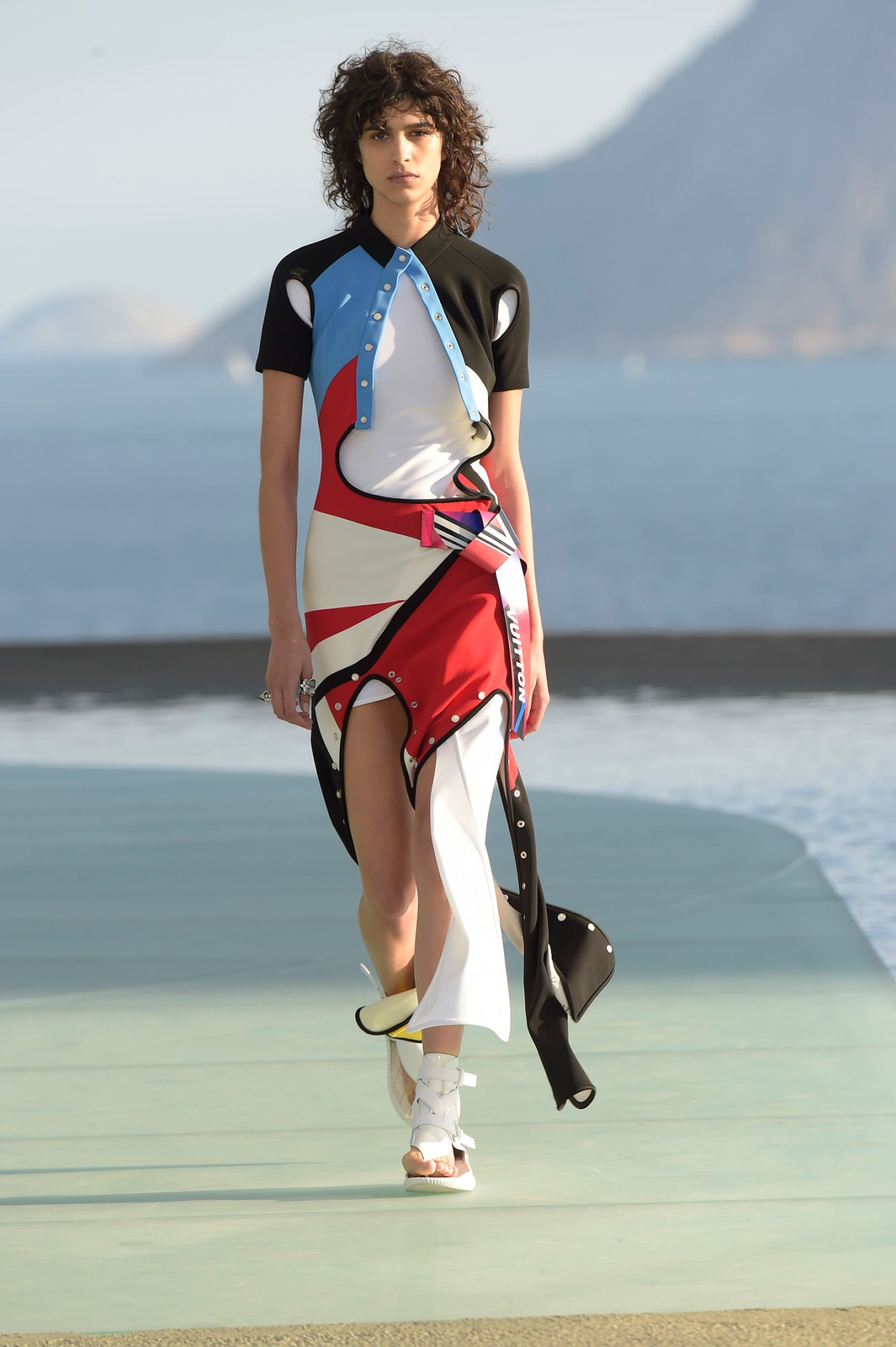
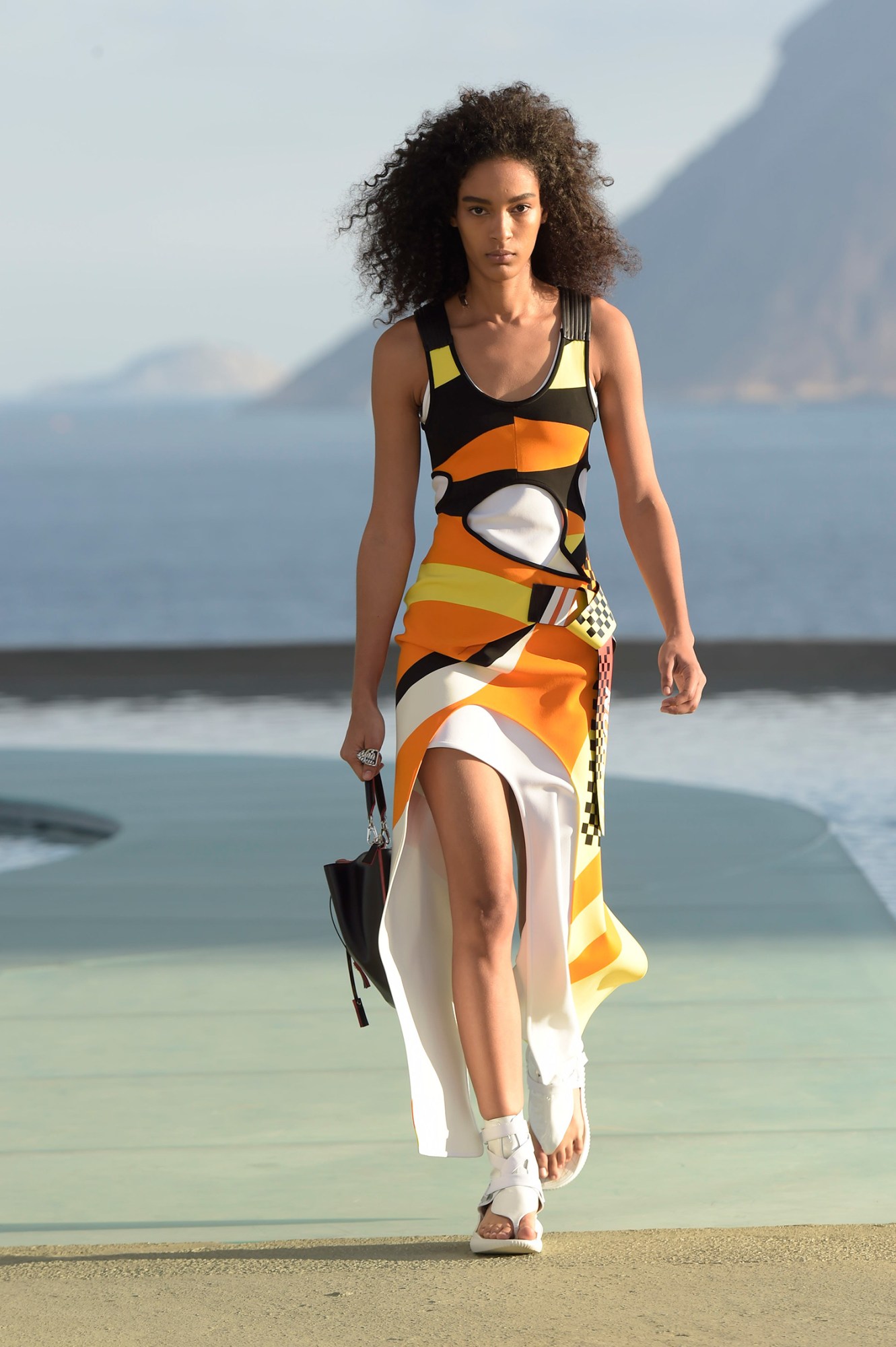
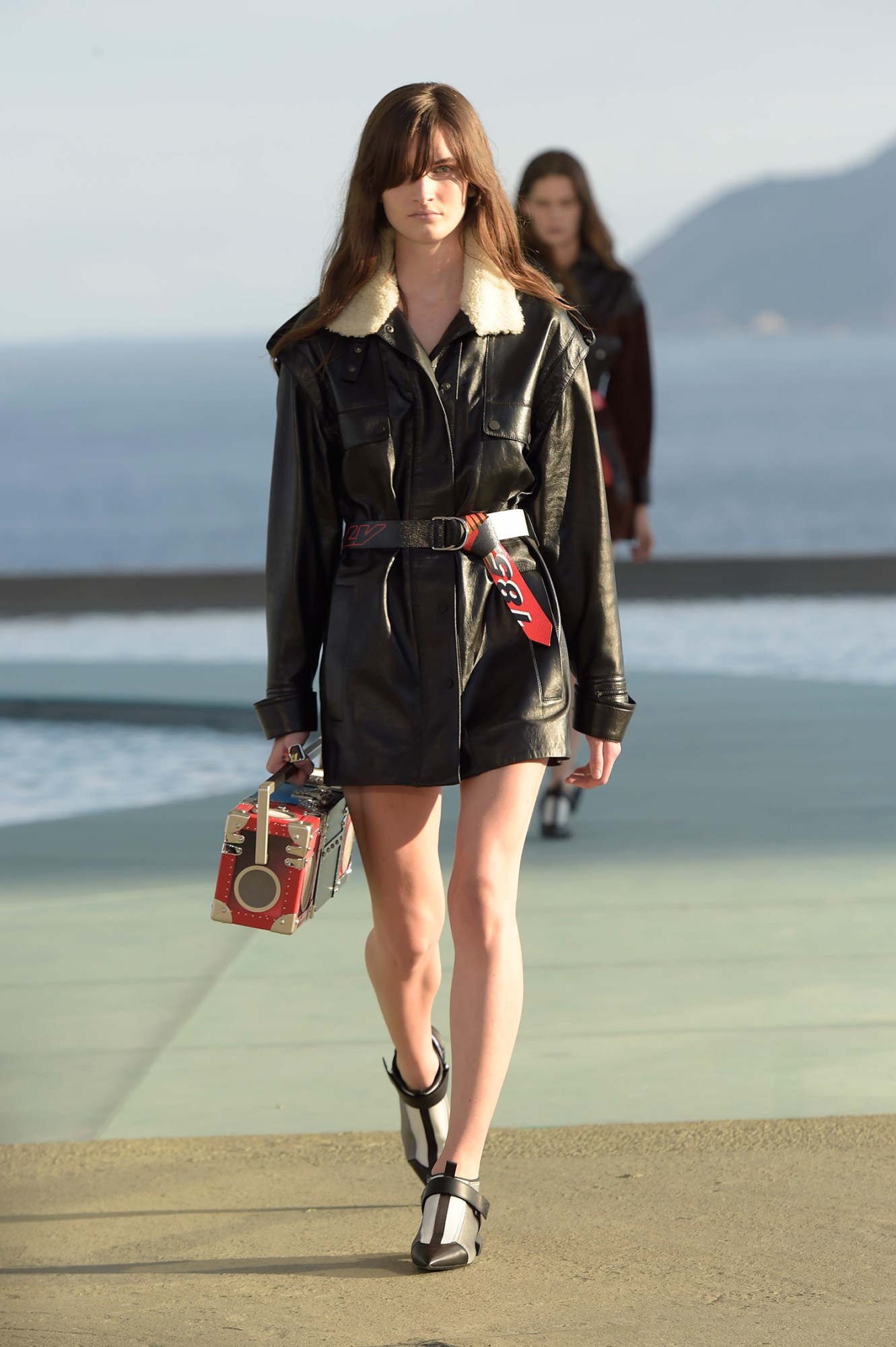
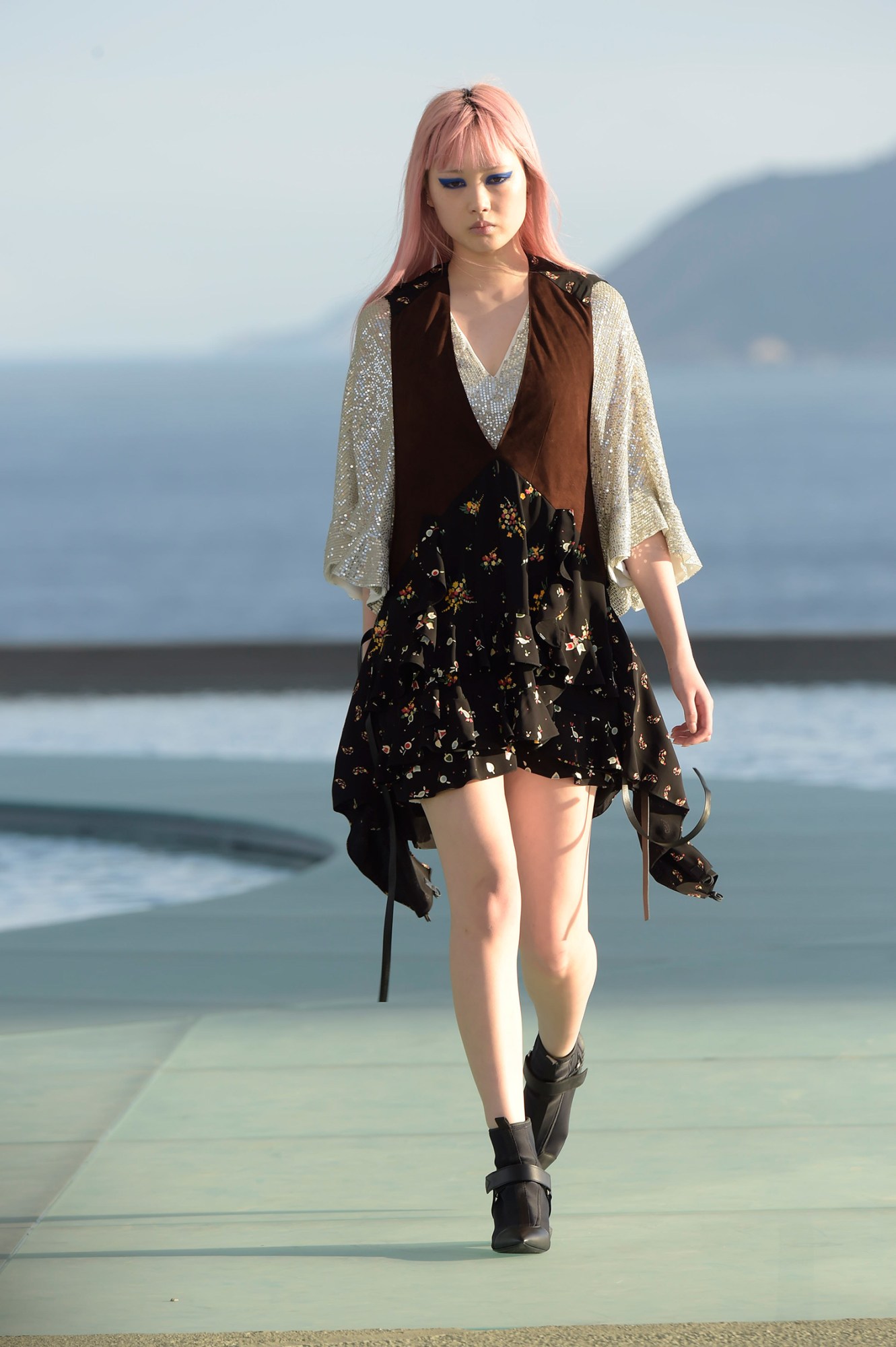

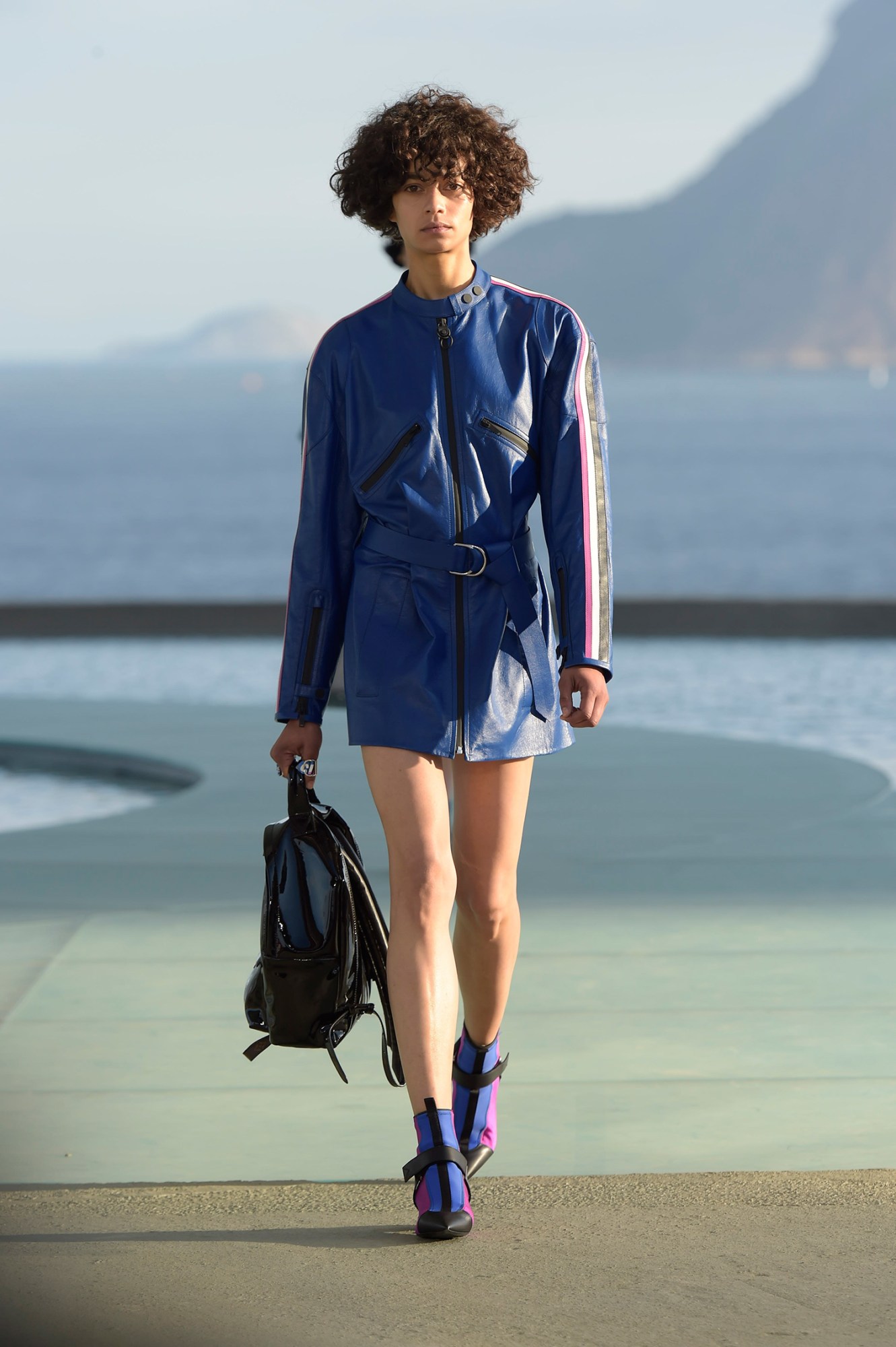

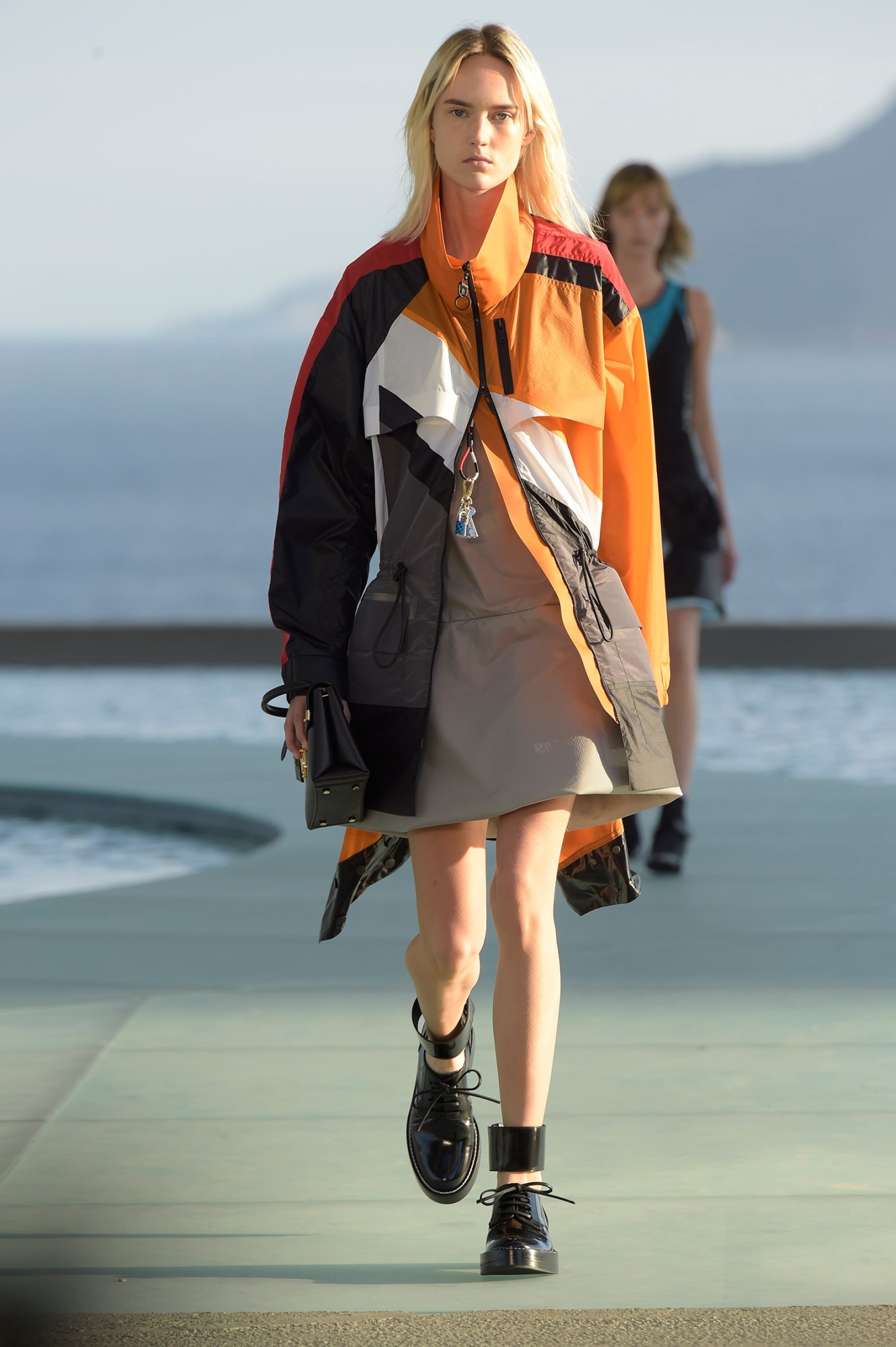
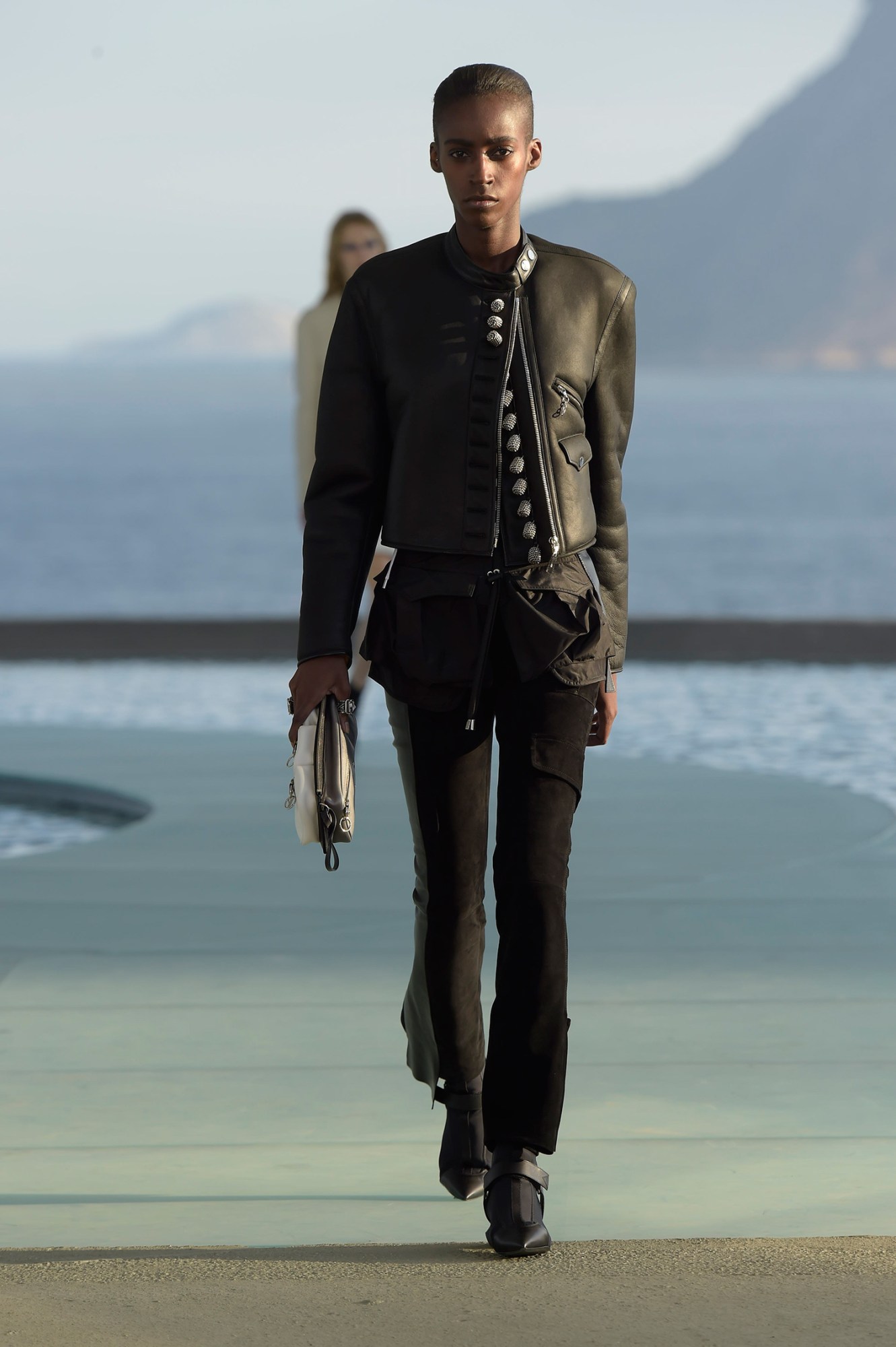


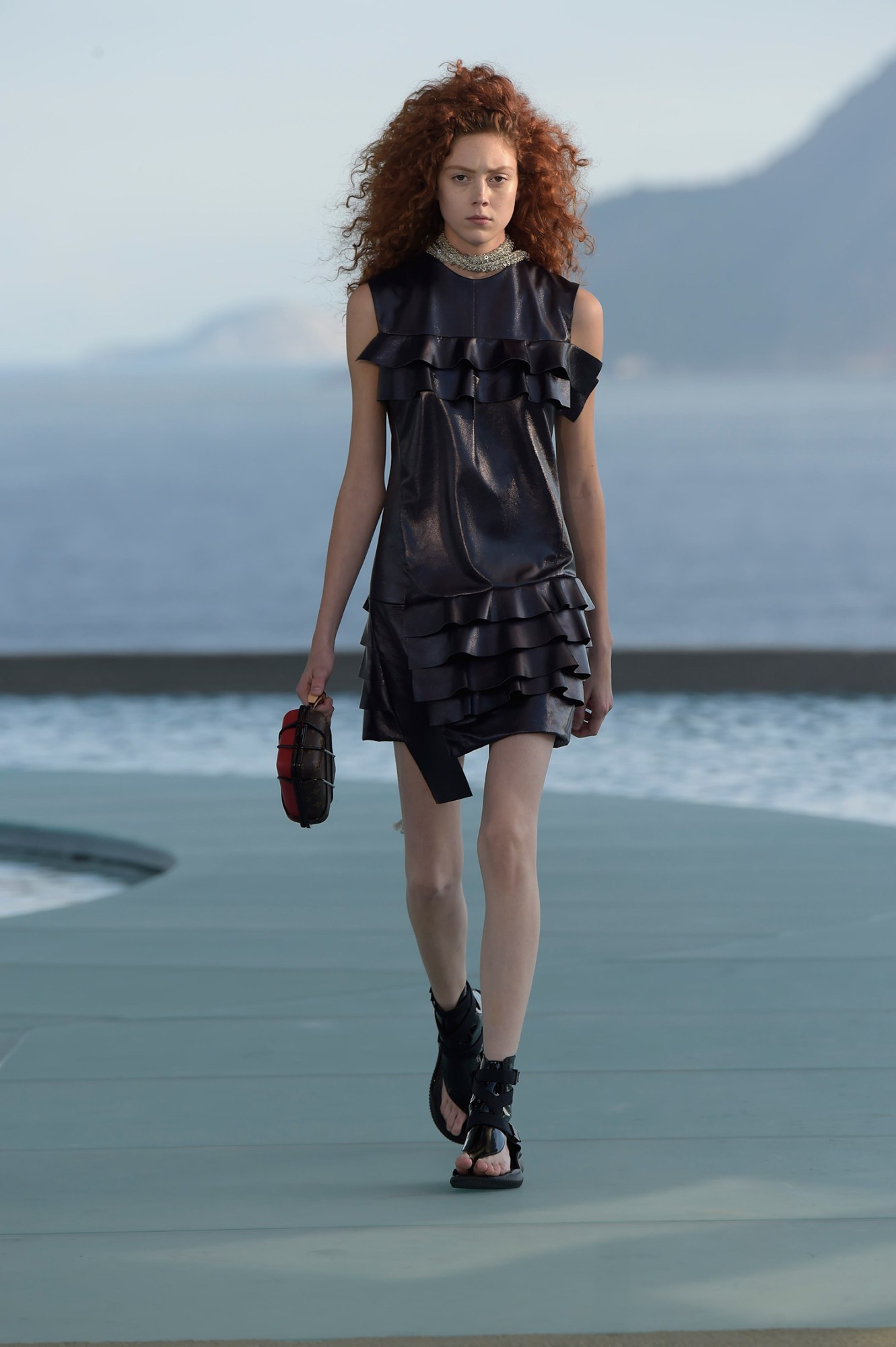
Credits
Photography courtesy of Louis Vuitton
